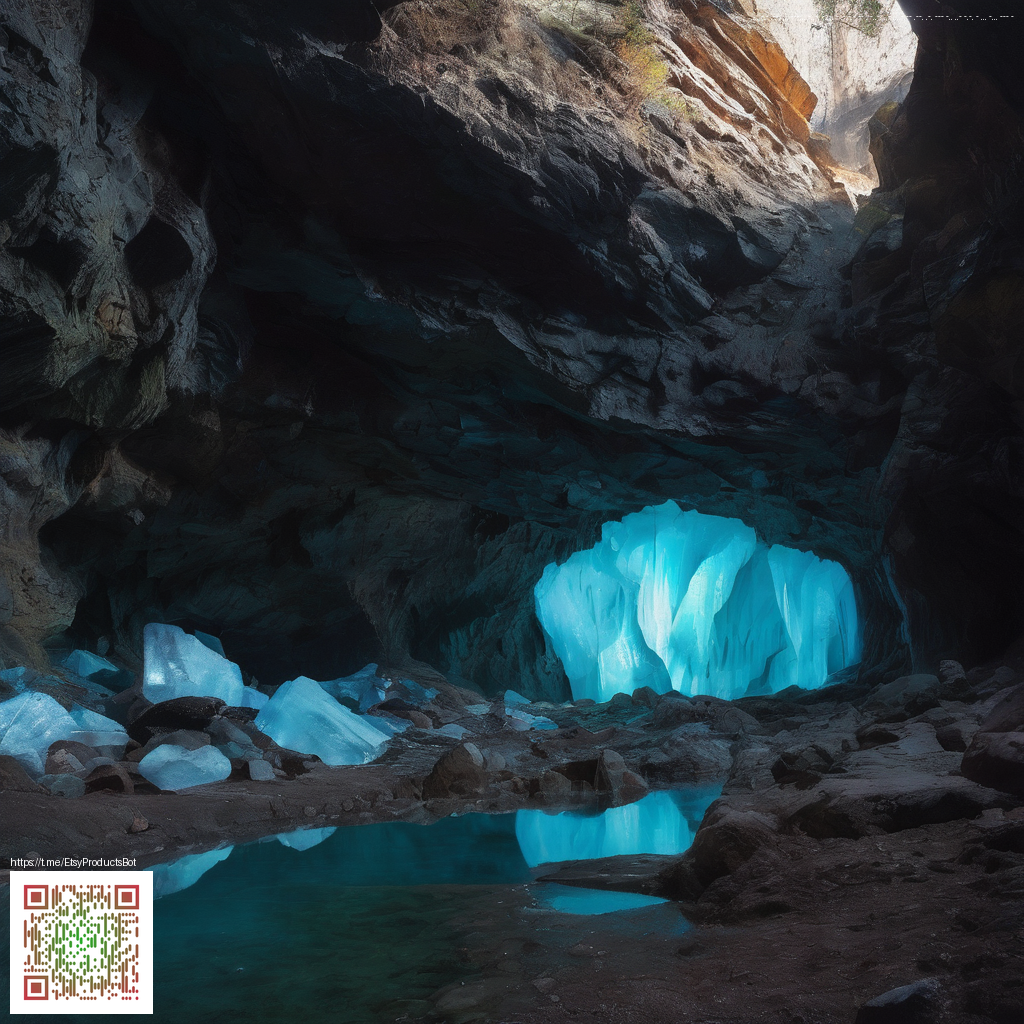
Data source: ESA Gaia DR3
Toward the Galactic Center: a hot blue star, revealed by Gaia
Gaia DR3 4205544913025127552 is a striking entry in the Gaia catalog. From the vantage of our solar system, it sits at RA 284.7777745138488°, Dec -7.401917830713228°, tracing a line of sight toward the Milky Way’s central regions. The star’s distance, as inferred from Gaia’s photometric parameters, places it roughly 3,496 parsecs away — about 11,400 light-years — meaning we are seeing a light that began its journey long before the first spark of civilization. The path to the Galactic Center is peppered with dust, and this fact colors the tale Gaia helps us tell about distant blue-hot stars hiding behind a veil of interstellar material.
What makes this star stand out?
At its core, the object is extremely hot. The effective temperature is around 37,200 K, far hotter than our Sun’s 5,800 K. With such a temperature, the star’s peak emission lies in the blue portion of the spectrum, giving it a blue-white appearance in a dust-free view. Its radius is about 6 solar radii, which suggests a star larger than the Sun but not among the largest supergiants. Taken together, these properties point to a hot, luminous B-type star—a member of a relatively brief but dazzling stage in stellar evolution.
However, the line of sight toward the Galactic Center is dense with dust. The Gaia photometric colors—G around 14.77, BP around 16.37, and RP around 13.55—tell a tale of heavy extinction toward us. The blue light is more heavily absorbed than red light, making the BP-RP color index quite large (roughly 2.8 in these measurements). In other words, the star would look blue-hot if seen through clean air, but the dust dims and reddens its observed colors. Gaia’s temperature estimate helps pierce that veil, offering a true sense of the star’s fiery surface even when the colors behind the dust are misleading.
Distance, brightness, and what they mean for visibility
- Distance: about 3,496 parsecs (roughly 11,400 light-years) from Earth, placing it well within the disk of the Milky Way toward the center.
- Brightness: Gaia’s G-band magnitude is about 14.8. That is bright enough for telescope observers but far too faint for naked-eye viewing in most skies.
- Color and extinction: As noted, the blue light is heavily dimmed, while the redder part of the spectrum appears relatively brighter after passing through dust.
In the sky, this star sits in a portion of the southern celestial hemisphere that aligns with the region around the Galactic Center. Its precise coordinates help astronomers correlate Gaia’s measurements with infrared surveys that can peer through the dust, building a more complete picture of the stellar population in this dynamic region.
The science snapshot: a star, a dimension, a doorway
The Gaia entry for this object, Gaia DR3 4205544913025127552, showcases how a single hot star can illustrate the scale and wonders of modern astrometry. Its estimated radius of about 6 solar radii, combined with a temperature near 37,000 Kelvin, implies a luminosity of tens of thousands of times the Sun’s. This is not a small neighbor—it is a luminous beacon in the crowded galactic plane, studying its light helps calibrate models of stellar atmospheres and the evolution of hot, massive stars in dusty environments.
Note that some advanced quantities are not available for this source in DR3 (for example, radius_flame and mass_flame are NaN). That absence is a reminder that astrophysical catalogs are living compilations; researchers continue refining methods and cross-matching Gaia’s dataset with spectroscopy and infrared surveys to complete the story.
For curious readers, Gaia’s data set invites you to explore how stars are measured from enormous distances: parallax, proper motion, color, brightness, and temperature all stitched together to reveal a star’s life in our galaxy. This particular entry shows how a hot, blue object can be studied even when dust and distance veil the universe’s glories, turning a faint pinprick into a meaningful cosmic portrait. 🌌✨
This star, though unnamed in human records, is one among billions charted by ESA’s Gaia mission. Each article in this collection brings visibility to the silent majority of our galaxy — stars known only by their light.